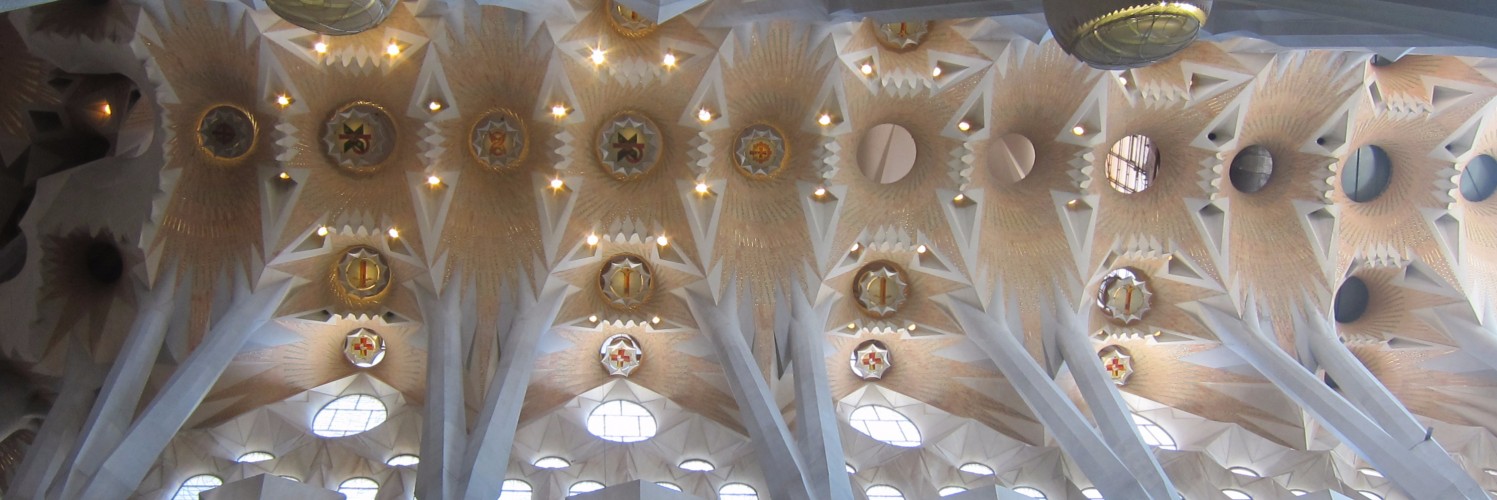Knowing how to differentiate in a highly competitive sector, to appeal to new technologies but also to the new marketing tools, to attract the interest of the highest number at a major event for a brand; this is the object of storytelling within the framework of experiential conferences and events. Read on for my views and explanations of why it is such a successful marketing technique to be utilised in the creative field.
The Art of Storytelling
At a time when advertising techniques gain in intrusiveness, consumers have developed an anti-pub reflex that becomes all the more effective as it is supported by AdBlock-like software. Communication trends are continually evolving, pushed forward by professionals aiming to develop successful techniques to capture the imagination of difficult receptive target. Appearing and especially formalised a few years ago in the United States, storytelling or "narrative communication" as a marketing concept makes it possible to present to the public a product by the force of the narrative, drawing on real facts or fictionalised by examples in the history of the brand.
This original technique, emerging from the usual point-by-point argument statements, makes it possible to touch the consumer on a very particular register: feeling. By echoing their memories and experiences, the brand will play on the feeling in order to engrave in the memory and thus succeed in getting the message bypassing the frontal way. The storytelling has regained the lead of the scene with the boom of the Inbound Marketing. However, it tends to show its limits ...
Pushing The Experience Further
Proxy or offline tracking is no longer enough for some consumers. It is this observation that storytelling has capitalised, by offering the possibility and the exclusivity to follow an event or content in real time, the brand plays in this way the total card of transparency vis-à-vis its public image. A bond of trust is woven, generating a strong connection between the two parties and boosting the scope of the message.
From Snapchat to Périscope via Facebook Live, the vectors of storytelling are not lacking. By becoming an actor themselves, the consumer will interact, not only wanting to have the cap of the spectator but also to enjoy a digital experience of quality, live. The brand will then see its shared information in record time by the most considerable number ... buzz and virility are assured! At the end of 2016, Spotify managed to enrol 50,000 additional followers through exclusive sessions on Périscope.
With Virtual Reality headsets achieving the mass market success, we may also see this form of technology being used to involve delegates in custom created content. Creative organisers are dreaming up many inventive ways of using this technology within the conferences and events industry. Examples include demonstrating products in virtual environments, which provide buyers with a better understanding of how the products will look and employed in the real world. Meanwhile, McDonald's has attracted impressive crowds in its Swedish stores by offering workshops to transform Happy Meal's packaging into a virtual reality helmet!



